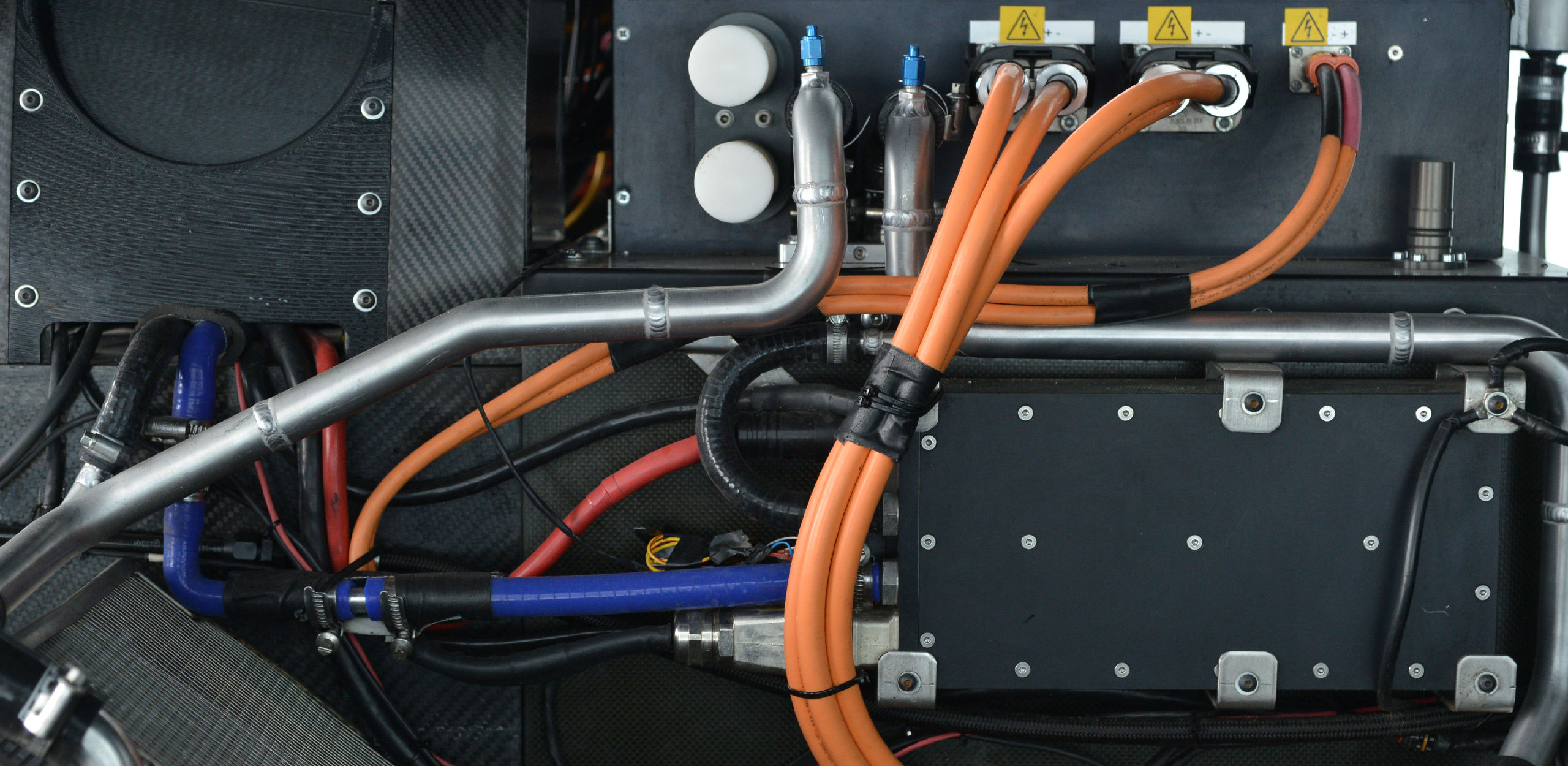
Queue tense synth score and pounding drum sequence.
I can’t quite get Brad Fiedel’s iconic Terminator 2: Judgement Day theme out of my head as I peer into the carbon-fibre shrouded-innards of Roborace’s Devbot, RDB1.
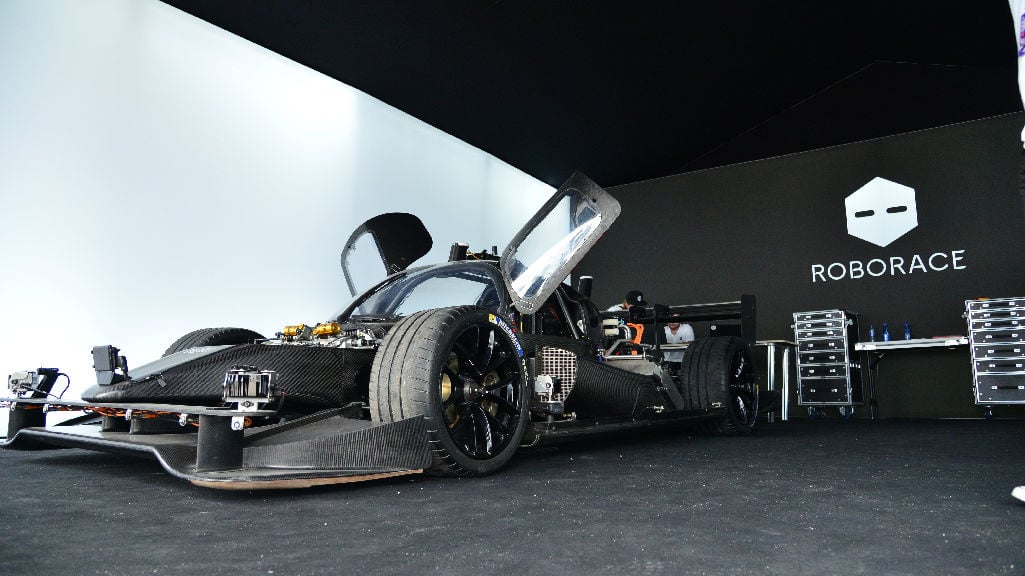
Roborace, with its stealth-black development mule that brandishes Sports Prototype looks and a heavy armament of advanced gadgetry in equal measure, is not Skynet, as much as my inner geek wants to believe it. It is a team of talented engineers working out of Oxford in the United Kingdom, determined to help push the advancement of artificial intelligence and autonomous motoring through the power of competition. The Devbot is teaching them how to get there.
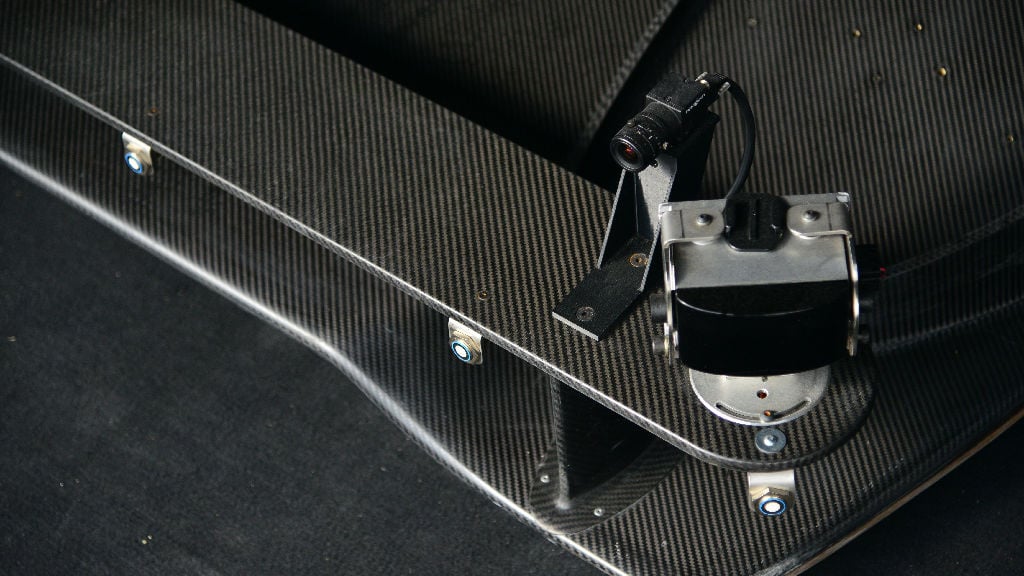
The RDB1 and its team arrived in Hong Kong last weekend for FIA Formula E, which took place in the waterfront area of Central District. Roborace was there to both showcase their completely-autonomous racer on track, and to test it in what would prove to be trying conditions. As the name suggests, the stealthy machine is a development tool, used by the Roborace team to test and refine their technology with the goal of creating a complete formula car (sans-cockpit), to be made available to teams early next year. From that point, the Roborace series will engage in a ‘beta-season’, which will allow the teams to get a handle on the new cars, and begin to develop their own software in preparation for a full season, currently scheduled to kick off this time next year. The systems will all be identical hardware-wise, utilising an ultra-powerful and compact Nvidia CPU controlling a host of other auxiliaries and crunching data coming in from a total of five different navigation systems – GPS, radar, lidar, ultrasonic and video.
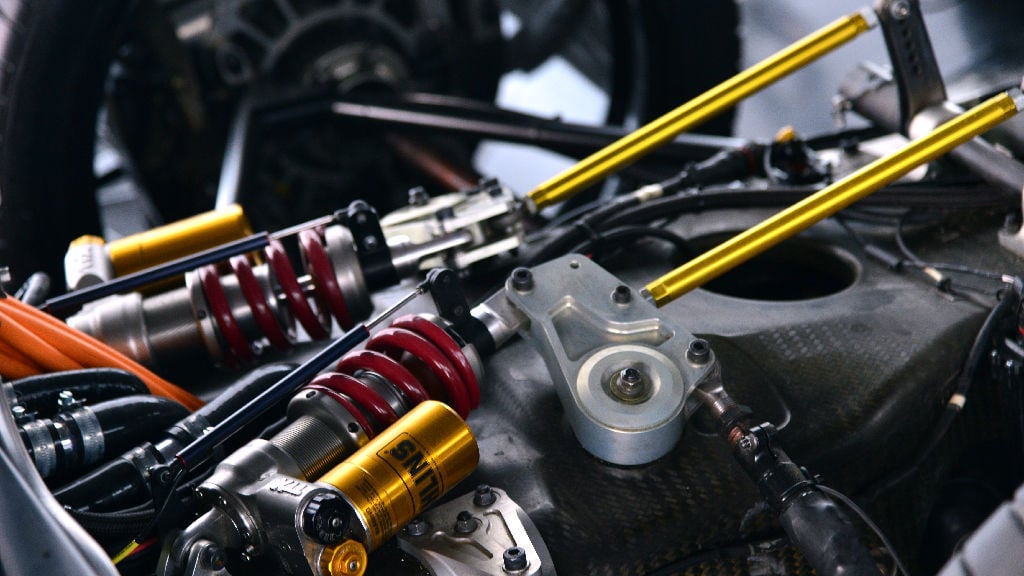
For the first season at least, the cars themselves will also be tightly controlled, with fixed tyres, aero, spring and dampening rates – everything. This allows the teams to focus on nothing by the software, meaning that the real competition lies in developing the software that runs the car. What that might look like, is entirely up to each individual team. “There will be different approaches,” explains Roborace’s CMO Justin Cooke. “Some companies will be programming it with deep learning, so the car will learn as it is going around the circuit, whereas other teams might do it all through strategy and change their code to suit. We provide the brain and the rest is up to them – it’s the championship of intelligence.”
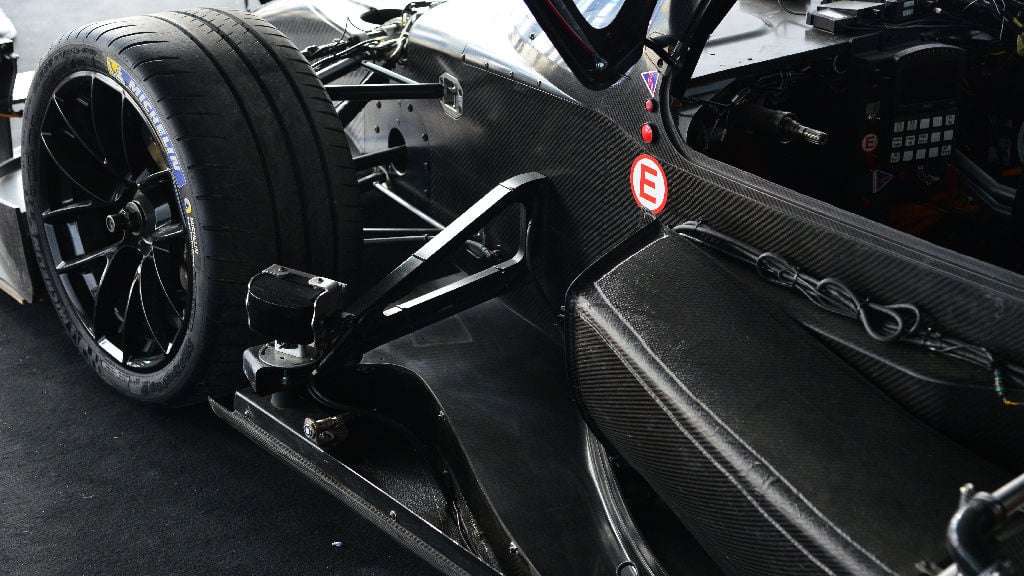
While the E-Prix formula cars and their drivers are settling into the narrow, twisting track snaking through Hong Kong’s waterfront area, the Roborace team is back in their pit area, poring through diagnostics. The data was clearly showing a problem in the powerful battery system; moisture was detected in one of the cells due to the humidity of the hot and sticky South Chinese environment. It meant that although the team would most likely be okay to run, it simply wasn’t worth the risk, and the demo runs for Sunday were shut down. Although that might amount to a failure from an outsider’s perspective, this is exactly why the Devbot exists. The team needs to see how their technology will react in different environments, not just in the cool, dry surrounds of Donington Park in Derby, where they have spent the majority of their testing time.

R&D Director Gregory Forostovsky laments; “With the moisture problem, there was only the tiniest chance of something going wrong out on the track, but the risk just isn’t worth it to us. We now know what needs to be done with the battery, and we also gained a lot from testing the car among all the tall buildings [in Hong Kong]. It had a big effect on our GPS systems.” The car, clearly, has a some growing to go before it is able to battle it out at race pace with a dozen or so of its robotic brethren, but the team plans to be back in full force at the next round of Formula E in Marrakech for more testing come November. From that point, it won’t be long before teams start getting their own finished vehicles and racing will kick off as a support class at Formula E rounds.
It’s early days yet, but RDB1 is clearly a sign of things to come. But does that mean the end of human drivers is near? How long until we’re enthralled by a nail-biting rivalry between R2D2 and T1000 as they duke it out for the Formula 1 world championship? “Well, currently, I can drive the Devbot faster than it can drive itself, and I’m not a professional driver by any stretch,” says Forostovsky. “But we’re always improving, the tech is only getting better and the car is always learning…”

As I look over the car with its traditional race car chassis and suspension setup, its four powerful motors capable of extremely clever torque-vectoring strategies and its maze of cooling pipes, I am excited for the future this machine represents. Somewhere down the line, the progeny of RDB1 may well be able to outdrive even the most gifted human drivers of the time, but no matter how impressive and how much faster a robot might be, it will never replace the raw emotion and drama of a talented, and yes, innately flawed, group of humans battling it out on the circuit, all irrationally desperate to cross that finish line first.
There will always be a place for human drivers at all levels of motorsport – they just might need to make a little extra room for something a little less traditional and a lot more sci-fi.